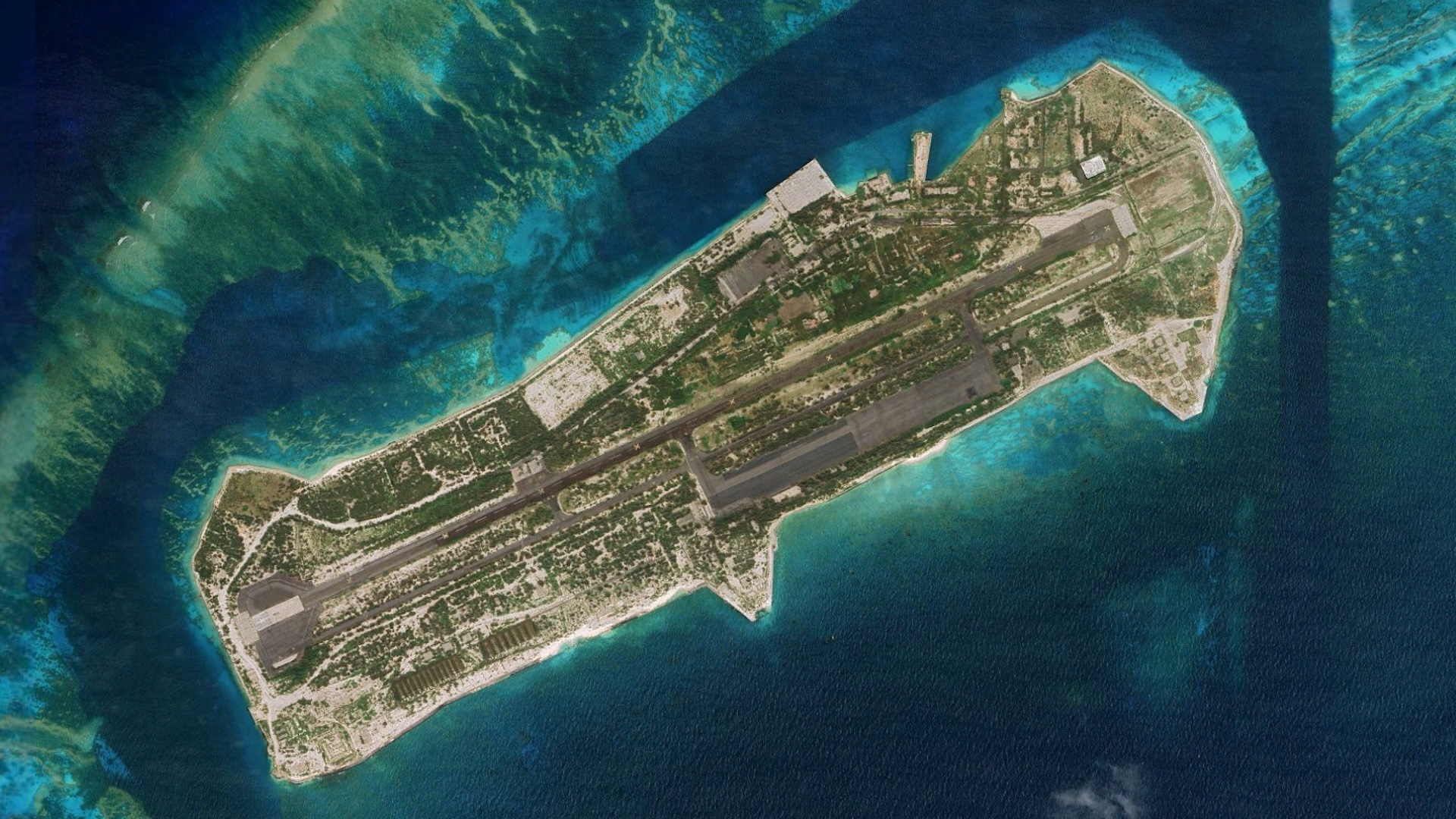The U.S. Space Force is looking at reactivating an abandoned rocket launching site on an abandoned Pacific island stronghold to test technologies for future rocket cargo delivery missions. The site, on Johnston Atoll in the North Pacific Ocean, around 860 miles southwest of Hawaii, has a notorious history involving nuclear, chemical and biological weapons but is now earmarked for the potential construction of two landing pads. This is part of the Rocket Cargo Vanguard program, which seeks to use rockets to move military supplies from one point on Earth to another much more rapidly than is currently possible.
The confirmation of the plans for Johnston Atoll was provided in a notice of intent (NOI) published today by the Department of the Air Force (DAF), which includes the Air Force and Space Force. The NOI serves to “advise the public of the pending preparation of an Environmental Assessment (EA)” for the two landing pads. The assessment will evaluate the impacts of the construction and operation of the two landing pads on the atoll, which will provide for up to 10 reentry vehicle landings per year over four consecutive years. Potentially, the testing could begin as early as this year.
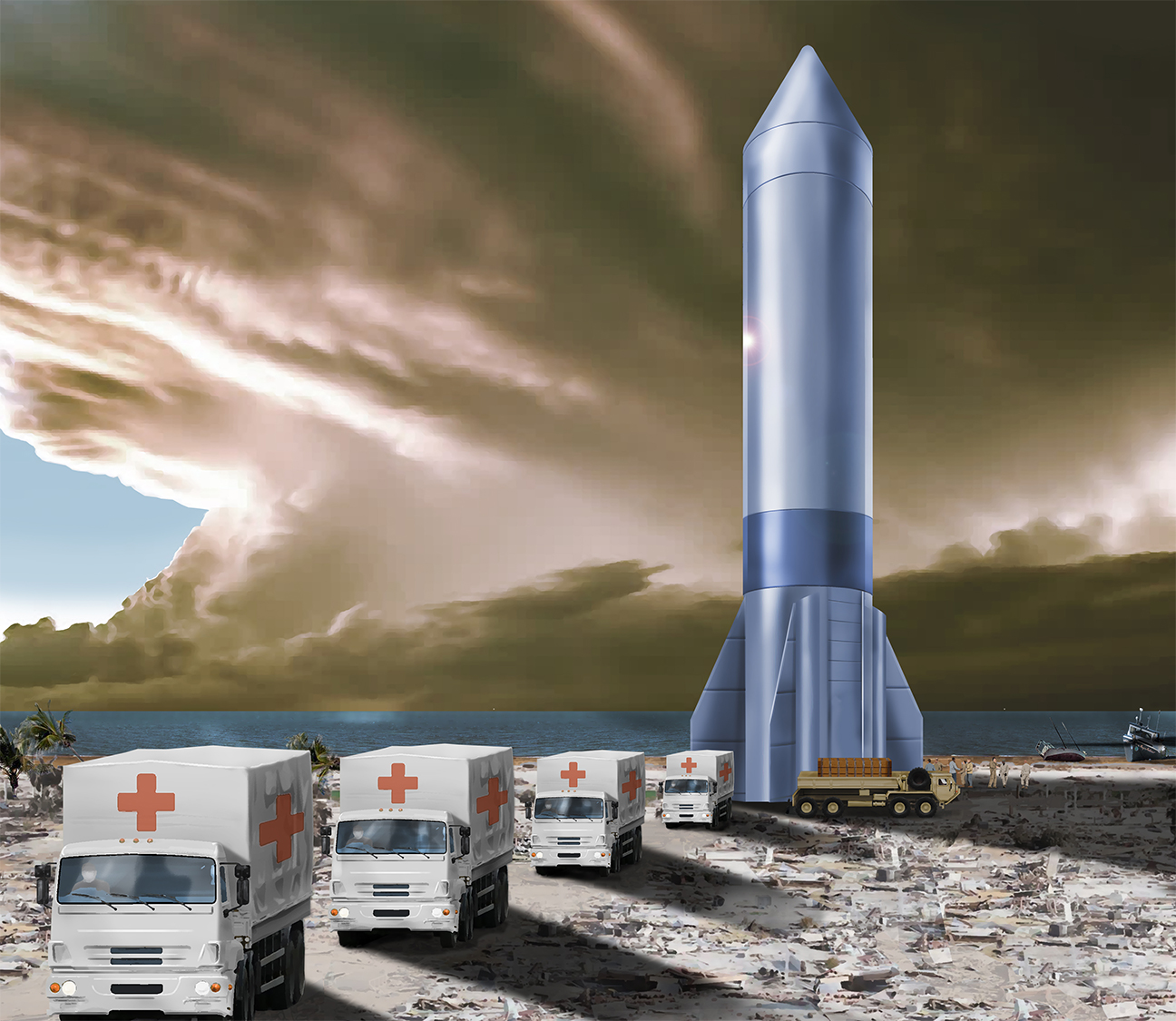
Specifically, according to the NOI, the purpose of the planned campaign is “to safely test and demonstrate the expeditious delivery of tons of materiel through space in support of ongoing research, development, test, and experimentation” under the Rocket Cargo Vanguard program — which is also known as Point-to-Point Delivery (P2PD).
Led by the Air Force Research Laboratory (AFRL), Rocket Cargo Vanguard is a science and technology effort to determine the viability and utility of using large commercial rockets for Department of Defense global logistics. Sometimes under different names and terminology, the project dates back to at least 2020, at least in the public realm.
“Current military modes of transportation require days to weeks of planning and logistics to provide materiel to distant locations at the time and place of need,” the NOI continues. “The Proposed Action would explore the military utility of this technology to address rapid global mobility challenges by leveraging commercial technology to mature critical capabilities.”
The same document states that Johnston Atoll was selected for possible use in the Rocket Cargo Vanguard program since the location must be “remote, securable, U.S. Government-controlled, capable of air or maritime transport of personnel and materiel and support the disposition and removal of reentry vehicles via barged transport.”
Other locations that were considered and then rejected included Kwajalein Atoll, Midway Island, and Wake Island. All of these are U.S. Pacific territories, with Kwajalein already being established as a highly important test facility.
“Upon further examination, the DAF concluded that Johnston Atoll is the only location that meets all operational requirements over the duration of the four-year reentry and landing test program.”
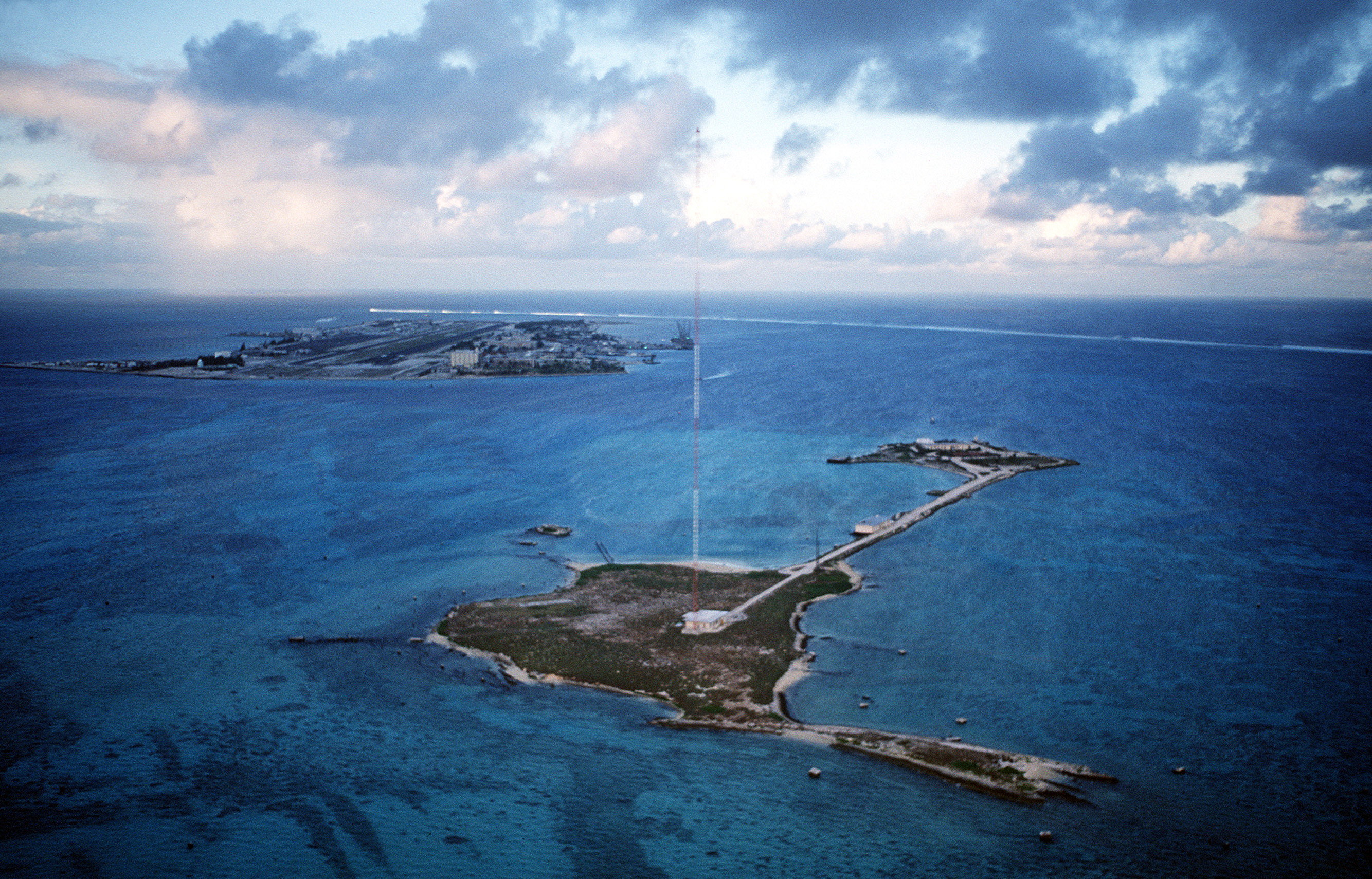
Johnston Atoll, which is an unincorporated U.S. territory surrounded by ocean, “was identified as the safest and most viable location.” This is likely also a reference to the potential impact of climate change and severe weather events. Notably, Kwajalein is still recovering from the effects of “weather-driven waves” that caused “significant damage” across the island early in 2024.
The environmental assessment will now consider the impact of the proposed testing on Johnston Atoll, which is now designated as a National Wildlife Refuge — a classification brings its own set of criteria in terms of the impact on local biodiversity — and part of the Pacific Islands Heritage Marine National Monument.
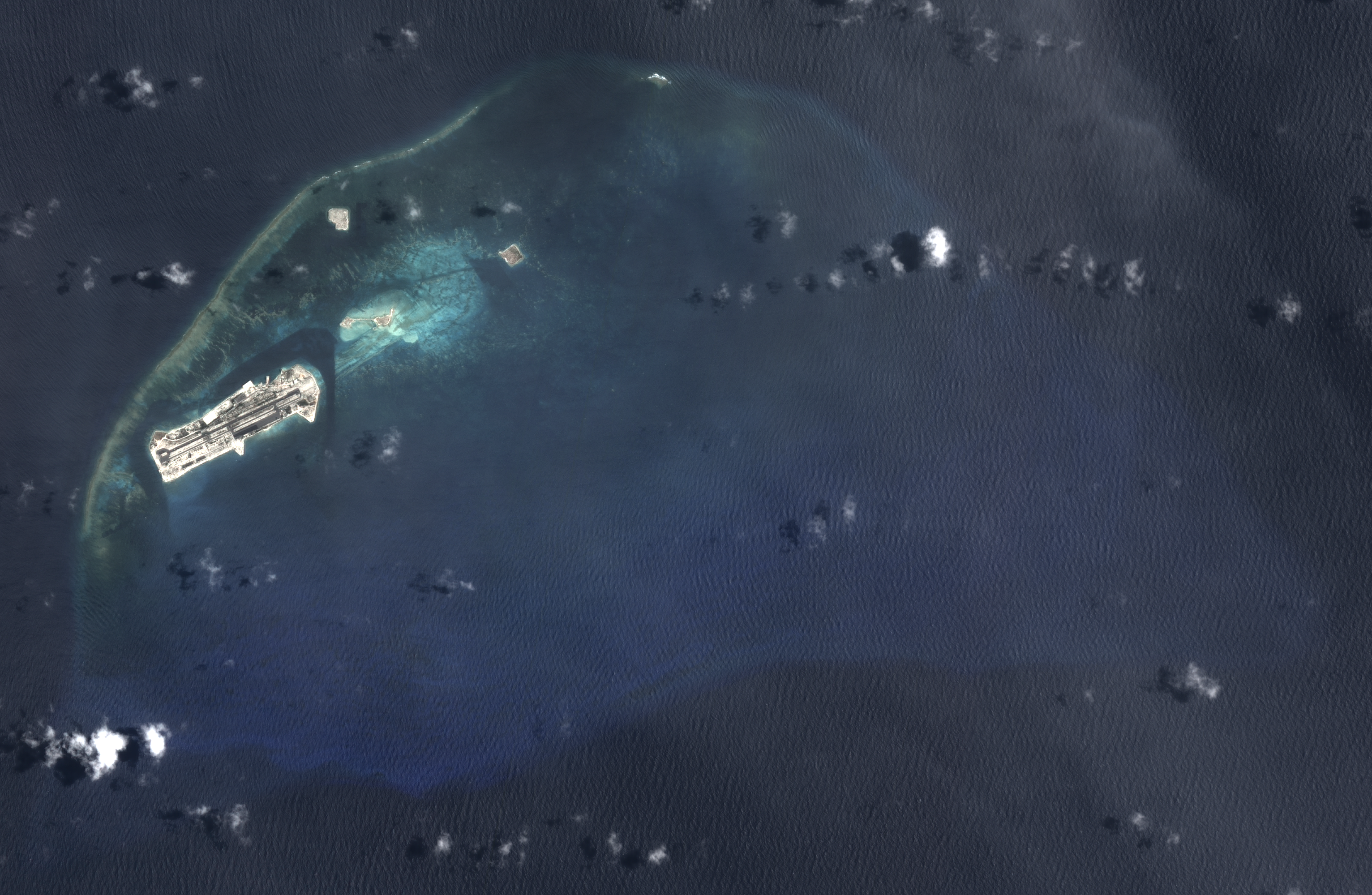
At the same time, Johnston Atoll has a long and highly controversial history of U.S. military activities, including being used as a naval refueling depot, an air base, a test site for nuclear and biological weapons, as well as for rockets and missiles, and a site for the storage and disposal of chemical weapons. In one highly notable event, the island hosted the Starfish Prime high-altitude nuclear test in July 1962, which was the largest nuclear test conducted in outer space. Many other nuclear tests occurred at and high above the atoll from 1958 to 1975.

The base has been effectively abandoned by the U.S. military since 2003, when the Army finally completed its work on decommissioning and dismantling chemical weapons on the island, as well as the related environmental cleanup. A large 9,000-foot closed runway and other abandoned infrastructure are still present on the contaminated island that has no human occupants. The desolate outpost, located deep in the Pacific, has drawn some attention in recent years as there has been suggestions that it would be reactivated as part of sweeping upgrade projects across airfields in the Pacific as contingency preparation for a war with China.

An official video marking the final elimination of the chemical weapons stockpile at Johnston Atoll in November 2000. The Johnston Atoll Chemical Agent Disposal System (JACADS) destroyed a total of 412,798 chemical weapons:

It was initially revealed in 2020 that the U.S. military was working with SpaceX, alongside other industry partners, on plans for cargo delivery by rocket. At that time, U.S. Army Gen. Stephen R. Lyons, previously commander of U.S. Transportation Command (TRANSCOM), said that the Pentagon was aiming to develop technology that would allow the cargo-weight equivalent of a C-17 Globemaster III (roughly 85.5 tons) to be delivered anywhere in the world within an hour.

By 2021, the Air Force’s budget proposal for Fiscal Year 2022 requested additional funding for what was then being termed as the Rocket Cargo program. At this point, the Pentagon’s stated plans included transporting payloads of up to 100 tons, including cargo and potentially personnel, via orbital or suborbital profiles to forward locations. The program was assigned Vanguard status also in 2021, the implications of which we discussed at the time.
By early 2022, the AFRL had awarded SpaceX a five-year, $102 million contract to collect flight data from its Starship program in order to demonstrate technologies for point-to-point cargo and humanitarian aid transportation.
The complete Starship reusable launch vehicle system, as TWZ has highlighted in the past, comprises a super-heavy rocket booster and spacecraft.
So far, however, Starship test efforts have yielded mixed results.
In April of 2023, the inaugural Starship flight test resulted in the super-heavy rocket exploding just minutes after launching,
In the latest flight test, the seventh, which took place in January of this year, Starship ended with the vehicle exploding after a propellant leak prompted the autonomous flight safety system to self-destruct it.
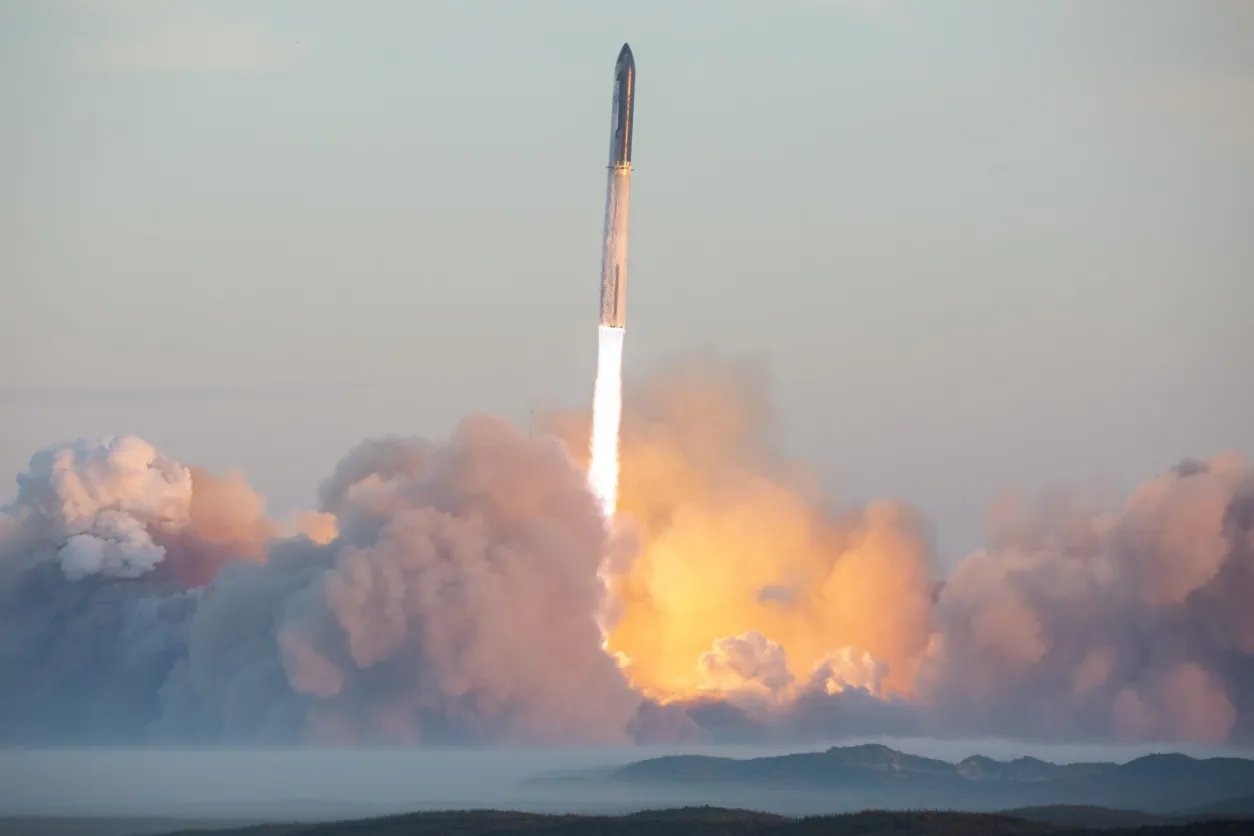
The Air Force has said it expects a full demonstration of the rocket cargo concept by 2026. This depends on successful flight testing of Starship before that point, not to mention overcoming other significant technical obstacles.
Ultimately, however, the Pentagon is set on at least investigating the potential of rockets for rapidly delivering cargo across significant distances.
In particular, such a capability would appear to have particular relevance in the context of future contingencies in the Indo-Pacific theater. With a growing expectation that this region will see a future high-end conflict involving U.S. forces, perhaps even before 2026, being able to call upon rockets to quickly bring critical supplies to the area would be of huge value — provided, once again, that the technology can be mastered.
The NOI doesn’t specify what rockets will be used in the planned Rocket Cargo Vanguard tests, although there are strong indications that the Space Force is eyeing SpaceX’s Starship for future rocket cargo delivery missions.
“We are thinking about how we might use it,” Lt. Gen. Philip Garrant, commander of Space Systems Command, said last November in reference to Starship. “We think the first, most logical, given the payload volume … would be some type of rocket cargo delivery mechanism. [We are] absolutely interested in the potential military utility and definitely following their progress.”
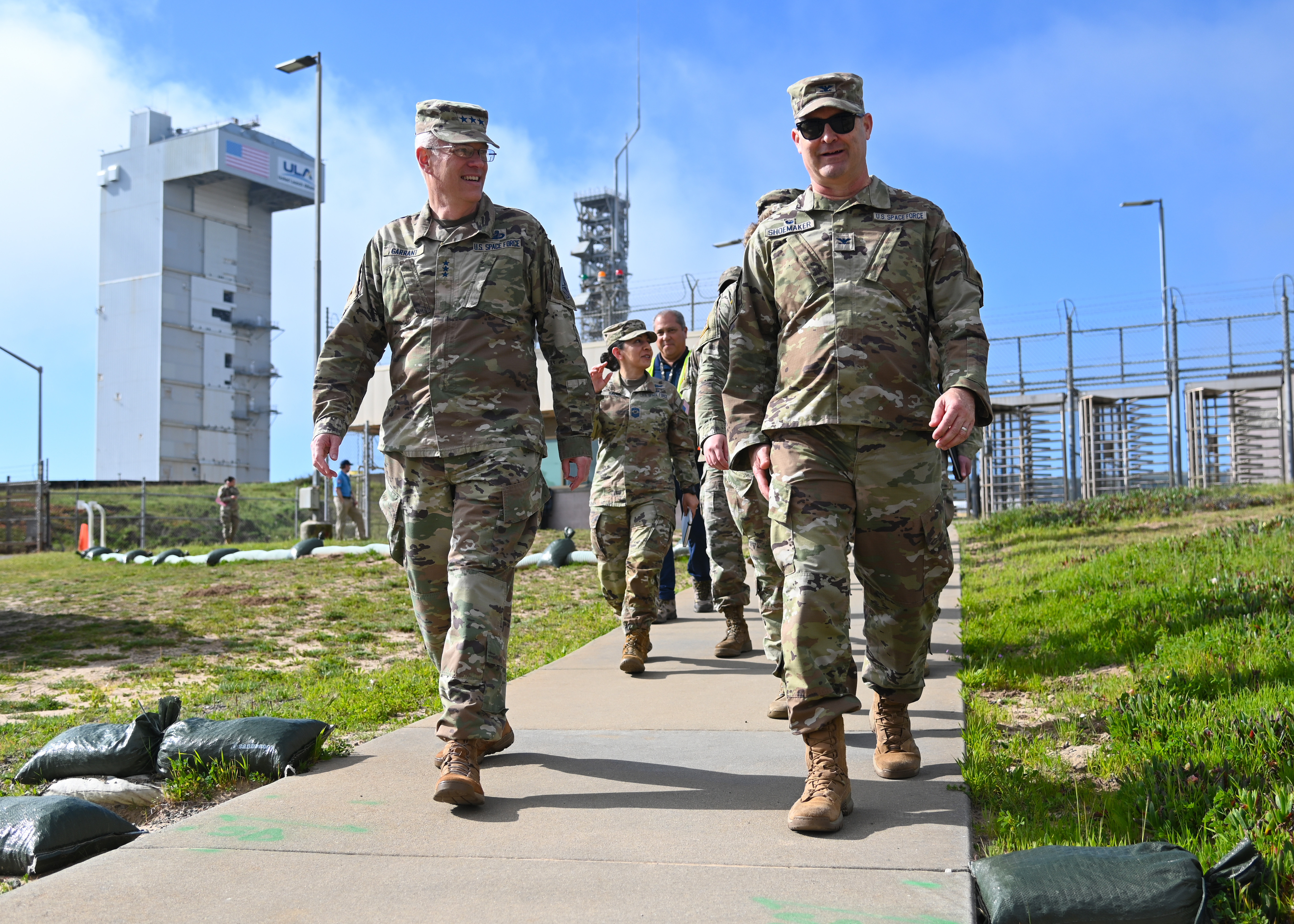
In early 2024, it emerged that the Pentagon had approached SpaceX with a view to purchasing Starship launch vehicle systems, specifically for sensitive, high-risk missions.
Since Rocket Cargo Vanguard seeks to rapidly deliver cargo, and possibly personnel, anywhere on Earth that can support a landing, the Starship is an obvious candidate for the mission. It’s the largest and most powerful rocket ever flown, according to the company, and is reportedly capable of carrying up to 150 metric tons while being fully reusable. At the same time, it’s capable of landing vertically, making it suitable for a much wider range of landing sites.
It remains to be seen whether Johnston Atoll will be resurrected as a test site for the Rocket Cargo Vanguard program, although the results of the environmental assessment are due next month. Potentially, approving the island for the program could pave the way for it becoming a site for other space vehicle landings beyond Rocket Cargo. Currently, there are few, if any, locations in the continental United States that can support this. If it does become part of an expanding reusable space infrastructure, that will put additional emphasis on Johnston Atoll in general, too.
Whatever happens, today’s announcement reinforces the fact that the U.S. military remains committed to at least exploring the possibility of fast-track cargo supply via space launch rockets in the future.
Contact the author: thomas@thewarzone.com
